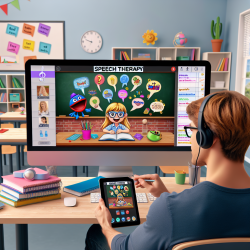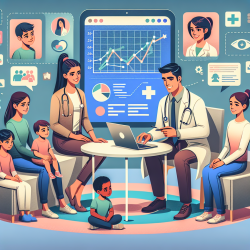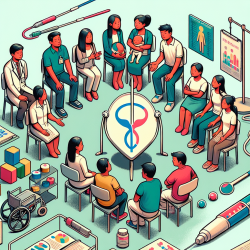Understanding the Research Findings
The study conducted in Loreto, Peru, highlighted several key issues:- Increased School Dropout Rates: The pandemic caused many girls to abandon their education due to economic hardships and the shift to virtual learning, which was less accessible and engaging.
- Reduced Access to Reproductive Health Services: Movement restrictions and the closure of health facilities limited access to contraceptives and other essential reproductive health services.
- Higher Rates of Adolescent Pregnancy: Economic instability and reduced parental supervision contributed to an increase in early unions and pregnancies.
Actionable Insights for Practitioners
To address these challenges, practitioners can implement the following strategies:1. Enhance Virtual Learning Accessibility
Work with local schools and organizations to improve the infrastructure for virtual learning. This can include providing necessary technology, training for teachers, and creating engaging online content that can be accessed even in remote areas.
2. Strengthen Community-Based Health Services
Develop community health programs that ensure consistent access to reproductive health services. Training community health workers to provide contraceptives and reproductive health education can mitigate the impact of health facility closures.
3. Promote Economic Stability
Support initiatives that provide economic opportunities for families, reducing the financial pressures that lead to school dropouts and early pregnancies. This can include vocational training for adolescents and microfinance programs for families.
4. Foster Parental and Community Engagement
Encourage parents and community leaders to engage in open discussions about reproductive health and the importance of education. Providing resources and training for parents can help them support their children's education and health.
Encouraging Further Research
While the study provides valuable insights, there is a need for ongoing research to fully understand the long-term impacts of the pandemic on adolescent girls in the Peruvian Amazon. Practitioners are encouraged to collaborate with researchers to gather more data and develop evidence-based interventions.To read the original research paper, please follow this link: The downstream effects of COVID-19 on adolescent girls in the Peruvian Amazon: qualitative findings on how the pandemic affected education and reproductive health.










